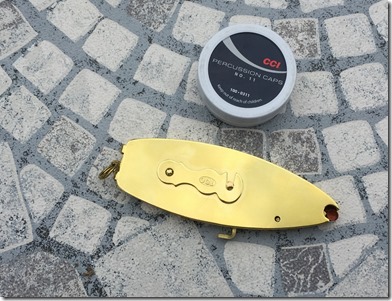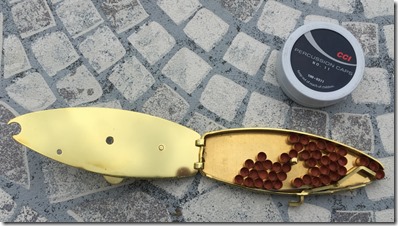I checked it out yesterday morning and sure enough, it felt sluggish, even more so than my mid-2009 MBP with a Core 2 Duo CPU. However, my machine has 8 GB of RAM and, most importantly, an SSD. It was time to upgrade her laptop.
Based on my experience upgrading several older Macs and PCs, a solid state drive (SSD) is the single best performance-enhancing hardware upgrade for an older machine. SSD's have vastly better read/write times than spinning disk. In laptops, SSDs also improve battery life because they draw less electricity.
My plan was to first cleanup the hard disk, then upgrade the OS on the machine, clone the hard disk to an SSD, then upgrade the hardware.
To clean up the disk I ran OnyX. Next, I upgraded the machine from Yosemite to El Capitan. In my experience, Yosemite was a real turd, giving me a lot of grief on my work machine. When I was stuck with it I had a lot of instability issues that I didn't have with earlier versions of OS X. El Capitan seems to have fixed that.
While the upgrade to El Capitan was proceeding, I went to microcenter.com and ordered a few items for in-store pickup to complete the upgrade:
- An 8 GB RAM kit from Crucial
- A Crucial 480 GB BX200 SSD
- An external enclosure for the OEM hard disk, so that it can be repurposed as a Time Machine drive.
- A Kingwin USB 3.0-to-SATA or IDE adapter. I have an older adapter that supports USB 2.0, but since USB 3.0 is becoming more common (and is supported on my wife's laptop), I felt it was due for a replacement.
(The links go to Amazon. I bought them from my local Microcenter because I wanted to get this done in one day.)
I installed the RAM first and fired up the machine. It still felt a little slow so as expected, the spinning disk was the main reason.
To clone the OEM disk to the new SSD I downloaded and installed SuperDuper, which I have used previously to clone Mac disks. My wife had less than 150 GB used on her disk, but even using a USB 3.0 interface, cloning it took one hour and 16 minutes.
The physical swap was straightforward, although I had to grab my precision screwdriver set with Torx bits, because Apple used T6 screws to hold the hard disk in place.
The machine performs much, much better now. Cold boots are much faster and applications launch with very little lag. My wife should get several more years out of it.











































